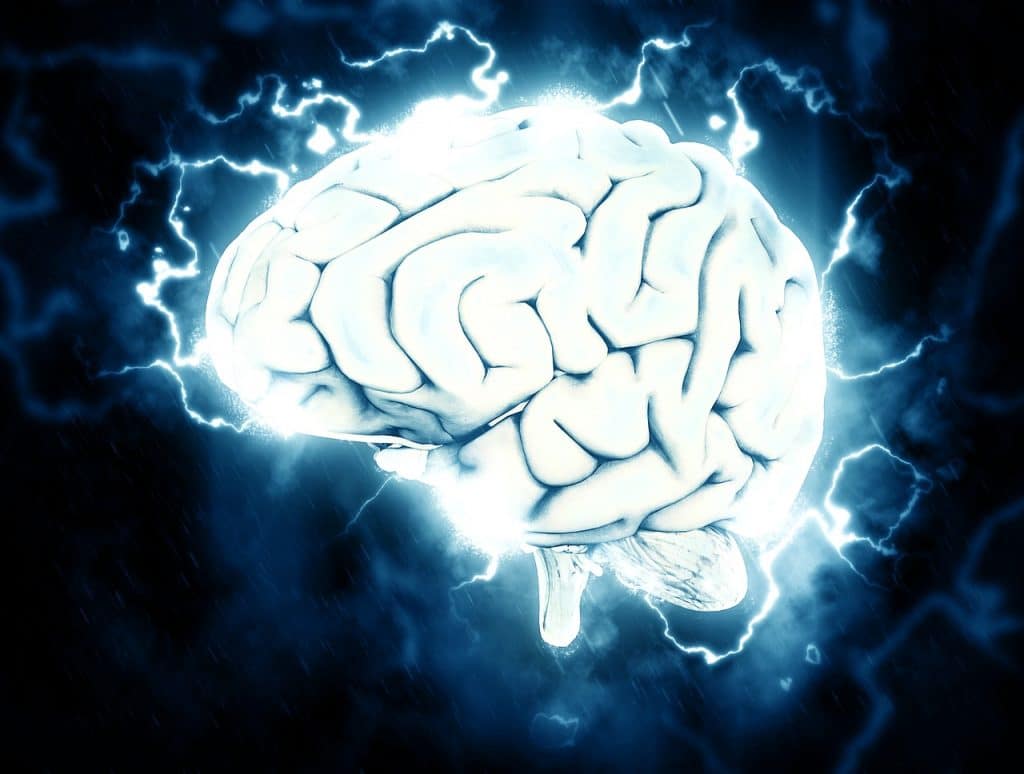Mind mapping for a logo? Everybody should know by now that logo design plays an important role in marketing for every company. Definitely regardless of its industry or target audience. In many instances, a company’s logo is a potential customer’s first exposure to a company and brand.
First impressions count so a company with a strong and memorable logo has a better chance of attracting new customers and beating out the competition than one with a logo that’s forgettable. Yet choosing the right logo can be a challenge, we know!
One technique that may help you narrow your choices and select a winning logo for your company is mind mapping. It’s easy to do and here, we’ll explain how to use it to hone in on what you want in a logo.
Understanding Mind Mapping Logo
First of all, the concept of mind mapping has been around for a while, but it may be new to you. Let’s start with an explanation of what it is, and then we’ll talk about how it can help you with your logo.
What Is Mind Mapping?
Well, mind mapping is a memory and learning technique that was developed by author Tony Buzan when he was a college student.
Quite simply, Buzan realized that the more detailed the notes he took on a topic, the more difficult it was to remember what he had written. However, this seemed paradoxical and he was curious.
Over time, he experimented with underlining key words and putting others in bubbles and compartments. He found that these techniques provided sort of a blueprint of his thinking about a topic and helped him retain the information he learned.
Eventually he refined the technique so that the mind map represented a diagram of a central thought, in many ways a literal map of his thinking about the topic in question.

Most importantly, the idea is to make illustrations of your central ideas, and then make connections between them. The experience of creating a mind map should be a free flowing one, but controlled in that it must focus on one central idea. Now you can also create beautiful illustrations inspired by others using AI
The Benefits of Mind Mapping For A Logo
Now that you know what a mind map is, let’s talk about the benefits of mind mapping your logo. How can creating a logo-based mind map help you?
First, it isn’t uncommon for company owners and entrepreneurs to be a bit unclear on what they want their logo to communicate. That’s especially true when there are seeking a logo for a start-up company and may not have fine-tuned their marketing pitch yet. Creating a mind map can help you focus on the things that are most important for you to convey.
Second, making a mind map is a deeply creative process. As you think through your logo ideas and put each one in place on your mind map, you’ll also be organizing your thoughts – and you may even realize things about your company that you didn’t realize before.
Third, the mind map you create can be enormously helpful to your logo designer. One of the most challenging things about designing logos is making sure that you know what the client wants. A mind map can do more to communicate what you want in a logo than an email or even a phone conversation.
How to Create A Map
Now, let’s talk about how to create a mind map. It’s actually a very simple process, but you may choose to get more involved with it depending on your personal comfort level and how much time you have to spend on it.
Creating Your Logo Mind Map
Before you start creating your logo mind map, let’s look at an example of a completed mind map so you know what yours should look like.

As you can see, the map starts with a central idea, in this case, the future. You can then write related ideas in bubbles around the central idea. Each branch of the map may then be embellished with additional ideas, thoughts, and images.
In truth, your map can include anything that you think is important and relevant to your company. It should be as thorough a representation of what you think and feel about your company as possible.
What to Include In The Mind Mapping Illustration
What should you include in your mind map? The broad idea is to include anything that might be relevant. Of course this is not set in stone and you can include other aspects however, here are some suggestions for what to include:
1. First of all your industry and any specific images, ideas, or terminology that might relate to it.
2. Secondly, the company’s target audience: who are they, what do they do, and most importantly, what do they need?
3. Then it would be smart to include your company motto
4. Fourthly, your company mission statement: what do you hope to accomplish?
5. Another important one is the company’s products or services
6. Who you are that is to say your employees
7. Last but not least, your company’s values
Ideally, your logo should represent all of these things and more. You more detailed you get with your mind map, the more likely it is that you will get to the heart of what you want your logo to be.
As you can see in the above example, it may be helpful to use colors and images for the sections of your mind map. The colors do not need to translate to your logo – we’ll talk more about that later – but they should represent how you feel about the topics that appear on your mind map.
Translating Your Mind Map to a Design
Once you have created a mind map for your company, the next step is translating it to a design. For instance, a good logo designer will be able to help you, but let’s talk about some things you can do to communicate what you want to a designer.
How to Use Your Mind Map to Communicate with a Designer
Any collaborative effort with a logo designer should start with a consultation. If you work with The Logo Company, you’ll have several designers assigned to your logo and you should share your mind map with all of them.

Before you talk to your designer, take a few moments to look at your mind map. For example, which parts of it strike you as the most important? So, what can you do to highlight them? Some of the things you included may not be truly important, and you may want to downplay those when you pass it on to your designer.
Depending on how detailed you have been with your mind map, you may need to spend some time explaining it to your designer. Like for example, what does each part of the mind map represent? Why did you include it? Aftefter all, the more information you give to your designer, the more likely it is that he or she will be able to translate the ideas, images, and values you put into your mind map into a logo that suits your needs.
Mind Mapping Colors, Fonts, Shapes, Images, and More
Understandably, there are several major elements that go into the science of logo design: colors, fonts, shapes, and images. When you confer with a designer, it’s important to talk about these things and get the designer’s input on them.
However, your mind map may or may not convey the colors that you want to include in your logo. An experienced designer will be able to talk you through the emotional and business implications of certain colors. However, you may want to look at the values and ideas expressed in your mind map and think about which colors go with them.
The same is true of font selection. A company that wants to convey rock-solid reliability probably won’t want to choose a whimsical font, but a company that’s focused on creativity may seek out a unique and fanciful font to express what they do.
Different Shapes
Next, you should talk to your designer about shapes. As is the case with colors and fonts, shapes convey certain messages to the people who see them. Circle shaped logos represent warmth, friendliness, and protection. Squares shaped logo designs and rectangles are solid and secure, while triangles are often the symbols of change, innovation, and creativity.
Finally, consider what other images you may want to include in your logo design. Many industries use imagery that reflects what they do. For example, it is very common for companies in the agricultural industry to use images of plants or farm animals. By contrast, a company in the high-tech industry might use images of computers, circuits, or other technology.
Most of all, the key is to draw from your mind map and choose the ideas and values that you most want to convey. Once you do that, you can work with your designer to translate them to a logo.
Conclusion
So, logo design is both an art and a science. Therefore, if you want to communicate clearly with your logo designer and make sure that you haven’t missed anything important, creating a mind map can help you organize your thoughts, brainstorm ideas, and understand which values, images, and emotions you want your logo to convey.
Do remember the basics, that the mind map itself can then be passed on to your logo design team to help them create a unique and memorable logo that truly represents the best of your company.
